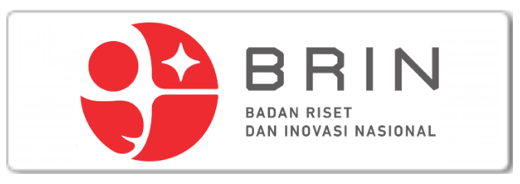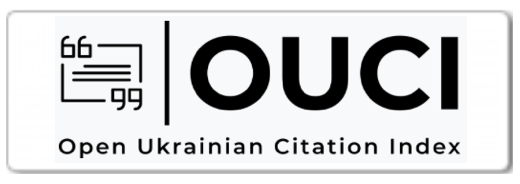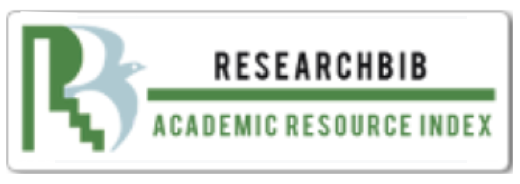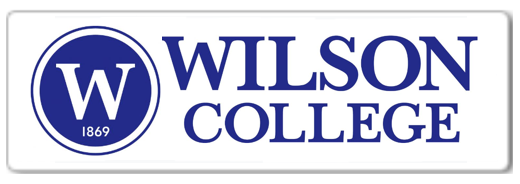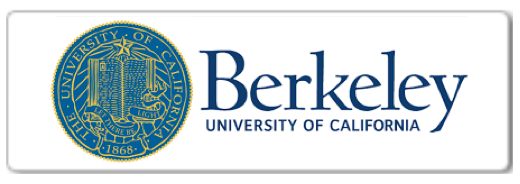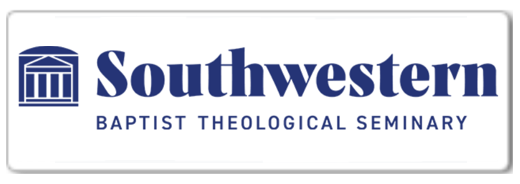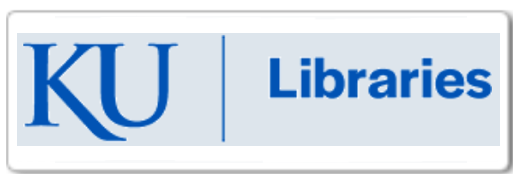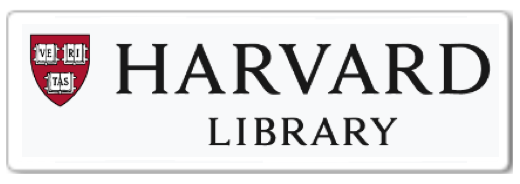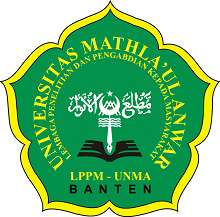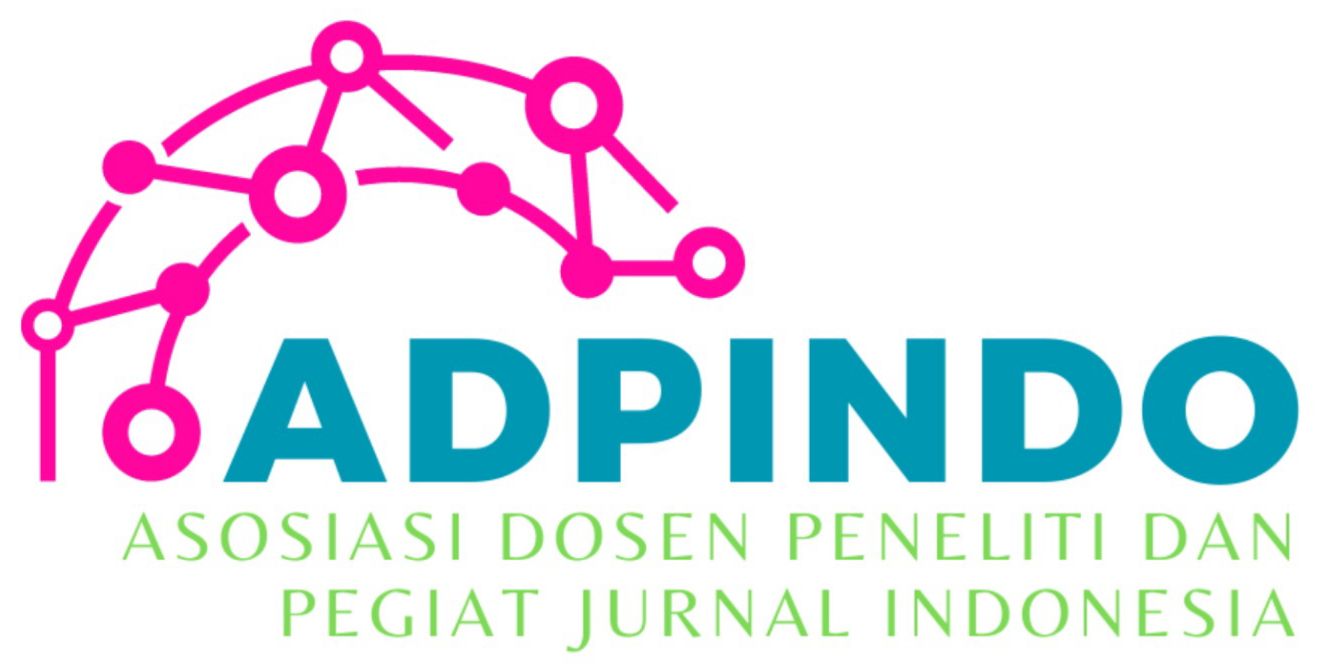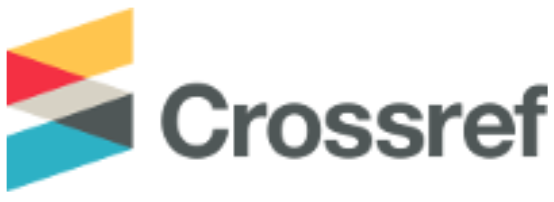REGIONAL POTENTIAL-BASED DEVELOPMENT PLANNING: A STUDY OF LOCATION QUOTIENT, SHIFT SHARE, AND KLASSEN TYPOLOGY IN TULANG BAWANG REGENCY
Main Article Content
Etika Revolusi Nusantari
This study aims to analyze the structure and economic potential of Tulang Bawang Regency for the 2019–2023 period as the basis for development planning based on regional potential. Three quantitative approaches are used in an integrated manner, namely Location Quotient (LQ) to identify the base sector, Shift Share to assess the contribution of sectoral growth, and the Klassen Typology to group sectors based on their growth and contribution to GDP. The results of the analysis show that the Agriculture and Processing Industry sector is the base sector with an LQ value of > 1. In general, the economic growth of Tulang Bawang Regency is dominated by national influence, but some sectors such as Agriculture, Trade, and Education show local competitive advantages. Klassen's typology identifies the Processing, Information and Communication Industries, and Government Administration sectors as developed and fast-growing sectors, while the Construction, Transportation, and Social Services sectors are classified as lagging behind. These findings recommend strengthening leading sectors and strategic interventions in potential and underdeveloped sectors to support inclusive and sustainable regional economic development.
Dwi Pratikno, D., & Dikna Sari, C. (2021). Terhadap Perubahan Struktur Perekonomian Provinsi Lampung. Salam, 2(1), 43–60.
Juhandi, D. (2016). Analisis Pertumbuhan Ekonomi dan Ketimpangan Pendapatan di Wilayah Koridor Ekonomi Sumatera. Universitas Gajah Mada. Yogyakarta, March. https://doi.org/10.13140/RG.2.2.14178.99520
Mimma, & Maulida, S. (2022). The Efficiency of BPR/S Industry in Sumatra, Indonesia. Tamkin Journal, 1(1). https://doi.org/10.58968/tj.v1i1.94
Monsaputra. (2024). Analisis Penentuan Komoditas Unggulan Tanaman Pangan di Provinsi Sumatera Barat dengan Pendekatan Location Quotient (LQ) dan Shift Share Analysis (SSA). 106–117.
Nur, A. A., & Safaringa, Y. (2019). Analisis Sektor Basis dan Non Basis di Provinsi Kalimantan Timur Dengan Pendekatan PDRB. Ekonomi Regional. Available at: Https://Www …, March. https://doi.org/10.13140/RG.2.2.32660.14725
Rambe, R. A., & Febriani, R. E. (2020). Peran Belanja Pemerintah dan Pajak Terhadap Pertumbuhan Ekonomi Kabupaten dan Kota di Sumatera. PARETO: Jurnal Ekonomi Dan Kebijakan Publik, 3(1), 57–76. https://www.researchgate.net/profile/Roosemarina-Rambe-2/publication/344545598_Peran_Belanja_Pemerintah_dan_Pajak_terhadap_Pertumbuhan_Ekonomi_Kabupaten_dan_Kota_di_Sumatera/links/5f7f3231a6fdccfd7b4fd28f/Peran-Belanja-Pemerintah-dan-Pajak-terhadap-Pertum
Riswanda, I., Yuswanti, D., Wirahayu, A., & Si, M. (2023). Analisis Location Quotient (Lq) Dalam Penentuan Sektor Basis. January, 0–13.
Saputro, A. E. S., & Putri, M. P. (2022). Potensi Sektor Pariwisata Kabupaten Gunung Mas Selama Pandemi Covid-19. Jurnal Litbang Sukowati : Media Penelitian Dan Pengembangan, 5(2), 87–98. https://doi.org/10.32630/sukowati.v5i2.303
Todaro, M. P., & Smith, S. C. (2015). Economic development (12th editi). Essex Pearson Education Limited.
















